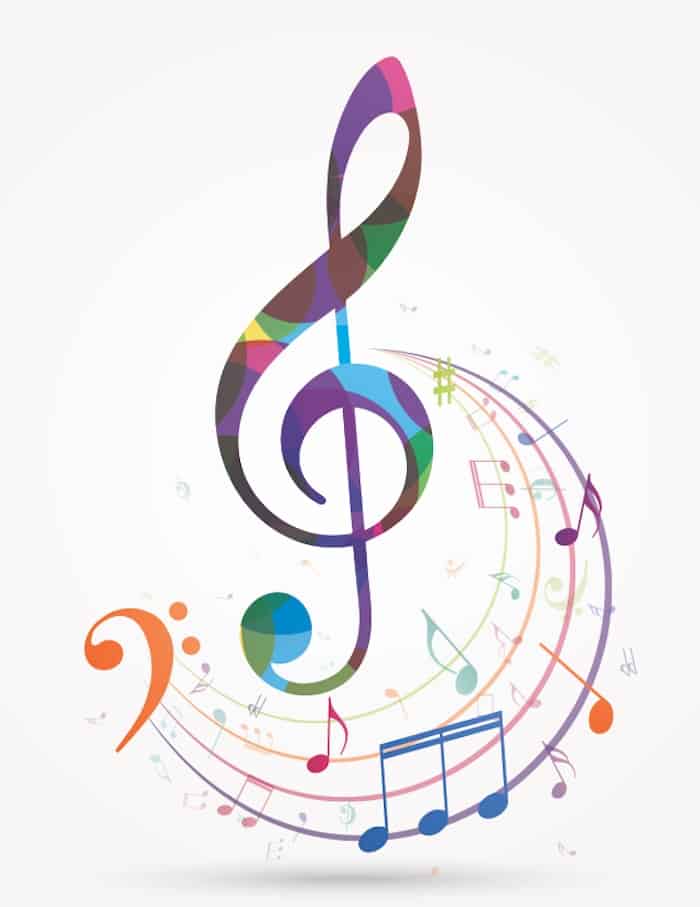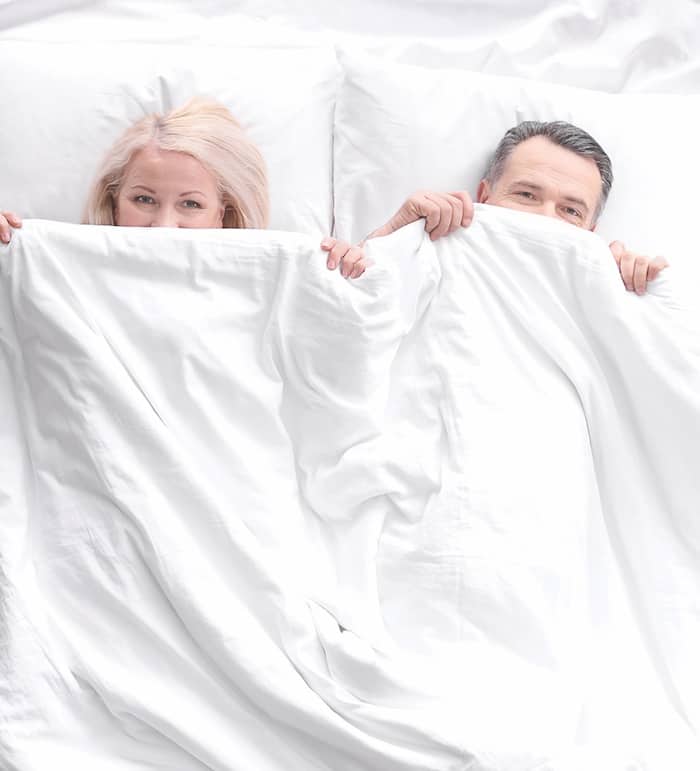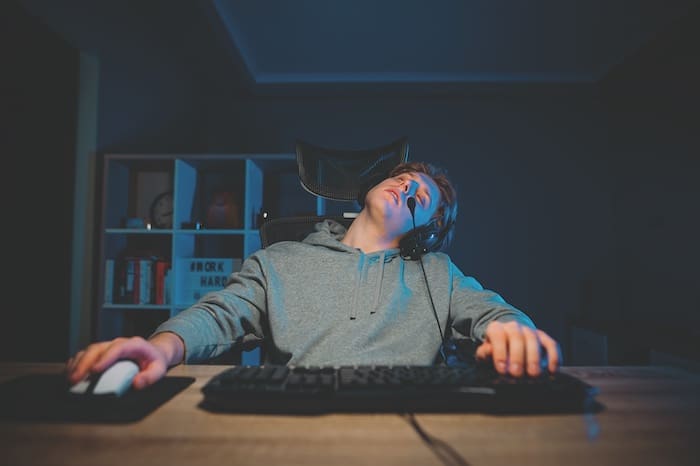And more of the latest sleep news and research

A new study published in the April issue of Pediatrics finds that 72% of sudden unexpected infant death cases between 2011 and 2017 involved unsafe sleeping environments, such as sleeping on soft surfaces or with suffocation hazards like blankets, pillows and crib bumpers.
SUID includes both explained and unexplained infant deaths. SIDS is a subset of SUID, used to designate unexplained deaths.
Rachel Moon, chair of the American Academy of Pediatrics task force on SIDS and author of the AAP policy statement on healthy infant sleep, spoke about the study in an April 27 article by CNN Health. She was not involved with the study.
“These deaths are still happening — and they happen to well-meaning parents,” Moon said “We have remained at the same rate of sleep-related deaths since around 1997. And the rate in the U.S. is much higher than that in most developed — and even some not-so-developed — countries.”
The study found 75% of infant deaths due to airway obstruction were due to soft bedding. Only 1% to 2% of unexplained deaths had no unsafe sleep environments.
“Bed-sharing rarely occurs in the absence of pillows and blankets,” Moon said and added that beds, sofas and chairs are dangerous for infants because “they are so plush and soft.”
“We always want a baby to be on their back, in a crib, bassinet or other separate flat, firm surface that is both close to the parents’ bed and has nothing in or on it except for a thin, tight-fitting sheet and the baby,” she said. “I know that it is hard to do safe sleep for each and every sleep, but please keep doing it.”
Number Crunching
30%
The percentage increase of risk for dementia in people who sleep six hours or less per night during midlife.
Source: Nature Communications
Night Shift Makes Little Difference

In 2016, Apple came out with Night Shift, a feature that limits the amount of blue light emitted by an iPhone screen after sunset. The goal was to block blue light and help users fall asleep easier. Now a study finds that it may not make much difference.
Chad Jensen, psychology professor at Brigham Young University in Provo, Utah, and researchers at the Cincinnati Children’s Hospital Medical Center, divided 167 people into three groups: one group used their phone at night with Night Shift on, one group used their phone at night without Night Shift and one group did not use a smartphone before bed at all. Each group stayed in bed for eight hours, according to a news release.
“In the whole sample, there were no differences across the three groups,” Jensen said. They measured total sleep duration, sleep quality, wake after sleep onset and the time it took to fall asleep. The results were published online April 16 in Sleep Health.
Continuing into another phase of the study, researchers split the participants into two groups: one averaged seven hours of sleep a night and the other slept less than six hours.
The group that slept seven hours did experience a little difference in sleep quality based on phone usage. The ones who did not use a smartphone before bed had better sleep quality than those who did — regardless of whether the participant used Night Shift or not.
The group that slept six hours did not experience any differences in sleep quality.
“This suggests that when you are super tired you fall asleep no matter what you did just before bed,” Jensen said. “The sleep pressure is so high there really is no effect of what happens before bedtime.”
The findings suggest blue light isn’t the only culprit involved in difficulty falling asleep. What people do on their phone — texting, scrolling, posting — keeps the brain engaged and might affect sleep, the release said.
Music Matters

Listening to calm music for half an hour to an hour before bed helps older adults sleep better, according to a study published online April 20 in the Journal of the American Geriatrics Society.
Researchers from the National Cheng Kung University Hospital in Tainan City, Taiwan, examined the results of past studies to see how music might affect the sleep of adults ages 60 and older.
They found that listening to calming music at bedtime, as opposed to rhythmic music or no music, improved sleep quality. Researchers hypothesized that calming music worked well because it slows heart rate and breathing, which lowers blood pressure and anxiety.
Researchers also learned that listening to calming music for four weeks or longer made a bigger difference in improved sleep quality.
“Music intervention is an effective strategy and is easy to administer by a caregiver or healthcare worker,” the authors wrote. “Music therapy might be the first line of therapy to recommend in older adults with sleep disturbances, which would reduce the need for dependence on sedatives and sleeping medication.”
Sleep Is Key to Better Sex Life

A new study finds that, once again, good sleep makes a difference in almost every area of life.
The study, published online April 21 in Menopause, the journal of The North American Menopause Society, looked at 3,400 midlife women to see if a link existed between sleep quality and duration and sexual dysfunction.
According to a news release, bedroom problems — both sleep and sexual — are common in women during midlife. More than 26% of midlife women meet the criteria for insomnia and nearly half of women report sleep problems during the menopause transition. During this same period, 43% of women report sexual problems.
The study found poor sleep quality was associated with greater odds of sexual dysfunction. The amount of time asleep did not have an impact. Good sleep quality was linked with sexual activity.
“This study highlights an association between poor sleep quality and sexual dysfunction,” said Stephanie Faubion, NAMS medical director and senior author of the study. “These are two common issues for midlife women, and asking about and addressing each may contribute to improved quality of life.”
Twitch’s Snooze Fest

Guess what’s popular on Twitch, a live streaming platform for gamers? Would you believe watching people sleep?
In March, Twitch viewers watched more than 2 million hours of sleep streams, according to an April 9 article on Polygon.
One popular streamer, Lugwig Ahgren, vowed to stream an extra 10 seconds for every new subscription. At the time of the article, he had been streaming for 26 days. One night he had 65,400 live viewers.
“I fell asleep on stream last night and became the most watched streamer on Twitch,” he tweeted on March 15. “What the hell even is that.”
According to the article, some streamers have become “sleep influencers” and host livestreams of their rest. Some have made as much as $16,000 in a month.
When Ahgren slept, moderators filled in for him, chatting and playing videos.
“The entire production almost feels like a childhood slumber party,” wrote article author Ana Diaz. “You’re staying up late. The conversation is slow. There’s just random stuff playing in the background — maybe it’s a movie or maybe it’s infomercials, but what’s on really doesn’t matter all that much. It’s more about just hanging out. The streams have become an intimate way to feel connection while everyone is stuck at home alone during the pandemic.”




